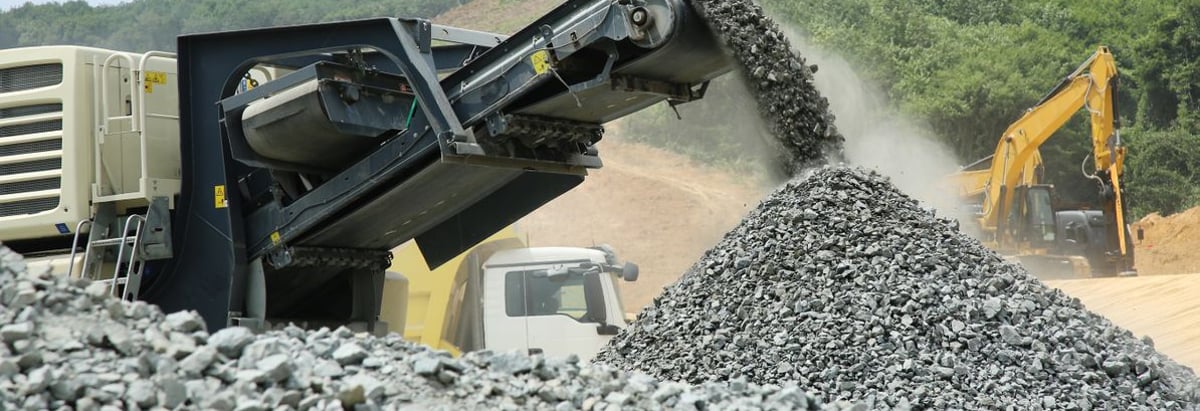Stock Analysis
- Australia
- /
- Basic Materials
- /
- ASX:JHX
Returns on Capital Paint A Bright Future For James Hardie Industries (ASX:JHX)

If you're looking for a multi-bagger, there's a few things to keep an eye out for. Ideally, a business will show two trends; firstly a growing return on capital employed (ROCE) and secondly, an increasing amount of capital employed. If you see this, it typically means it's a company with a great business model and plenty of profitable reinvestment opportunities. Speaking of which, we noticed some great changes in James Hardie Industries' (ASX:JHX) returns on capital, so let's have a look.
What Is Return On Capital Employed (ROCE)?
If you haven't worked with ROCE before, it measures the 'return' (pre-tax profit) a company generates from capital employed in its business. The formula for this calculation on James Hardie Industries is:
Return on Capital Employed = Earnings Before Interest and Tax (EBIT) ÷ (Total Assets - Current Liabilities)
0.22 = US$941m ÷ (US$4.9b - US$745m) (Based on the trailing twelve months to June 2024).
So, James Hardie Industries has an ROCE of 22%. That's a fantastic return and not only that, it outpaces the average of 8.6% earned by companies in a similar industry.
View our latest analysis for James Hardie Industries
Above you can see how the current ROCE for James Hardie Industries compares to its prior returns on capital, but there's only so much you can tell from the past. If you'd like, you can check out the forecasts from the analysts covering James Hardie Industries for free.
How Are Returns Trending?
James Hardie Industries is displaying some positive trends. The data shows that returns on capital have increased substantially over the last five years to 22%. The amount of capital employed has increased too, by 20%. So we're very much inspired by what we're seeing at James Hardie Industries thanks to its ability to profitably reinvest capital.
Our Take On James Hardie Industries' ROCE
A company that is growing its returns on capital and can consistently reinvest in itself is a highly sought after trait, and that's what James Hardie Industries has. Since the stock has returned a staggering 136% to shareholders over the last five years, it looks like investors are recognizing these changes. With that being said, we still think the promising fundamentals mean the company deserves some further due diligence.
While James Hardie Industries looks impressive, no company is worth an infinite price. The intrinsic value infographic for JHX helps visualize whether it is currently trading for a fair price.
If you want to search for more stocks that have been earning high returns, check out this free list of stocks with solid balance sheets that are also earning high returns on equity.
New: Manage All Your Stock Portfolios in One Place
We've created the ultimate portfolio companion for stock investors, and it's free.
• Connect an unlimited number of Portfolios and see your total in one currency
• Be alerted to new Warning Signs or Risks via email or mobile
• Track the Fair Value of your stocks
Have feedback on this article? Concerned about the content? Get in touch with us directly. Alternatively, email editorial-team (at) simplywallst.com.
This article by Simply Wall St is general in nature. We provide commentary based on historical data and analyst forecasts only using an unbiased methodology and our articles are not intended to be financial advice. It does not constitute a recommendation to buy or sell any stock, and does not take account of your objectives, or your financial situation. We aim to bring you long-term focused analysis driven by fundamental data. Note that our analysis may not factor in the latest price-sensitive company announcements or qualitative material. Simply Wall St has no position in any stocks mentioned.
About ASX:JHX
James Hardie Industries
Engages in the manufacture and sale of fiber cement, fiber gypsum, and cement bonded building products for interior and exterior building construction applications primarily in the United States, Australia, Europe, New Zealand, and the Philippines.

